Wigs offer a versatile and stylish way to change up your look, but store-bought options can be expensive. Enter the thrifty and creative option to sew a wig! You might be surprised to learn that a sewing machine can be a valuable tool in this process.
What We’ll Need
To get started with wig-making using a sewing machine, we’ll need a few key supplies:
- Wig cap: This forms the base of the wig and comes in various materials like mesh or elastic.
- Hair wefts: These are pre-made strands attached to a weft strip. We can choose hair type, length, and color to suit our preference.
- Sewing machine: Any basic sewing machine will work, but one with a zigzag stitch can be helpful for added security.
- Thread: Choose a strong thread color that blends well with the hair color of the wefts.
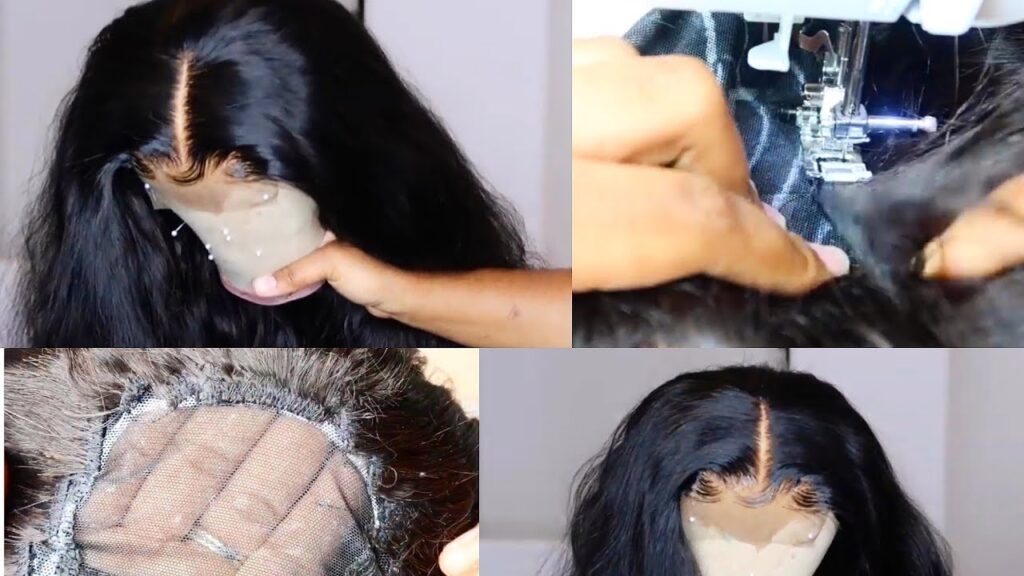
Sewing Machine: Wig-Making Ally
While some wig construction relies solely on hand-sewing, a sewing machine can significantly speed things up. It’s handy for attaching hair wefts, the long strands that provide the hair for the wig.
Here’s how sewing machines become wig-making allies:
- Efficiency: Sewing wefts onto a wig cap by hand can be time-consuming. A machine makes quick work of securing each weft, allowing you to focus on other details.
- Consistency: Machine stitching creates uniform lines, resulting in a neater and more professional-looking finished wig.
- Strength: Machine stitches tend to be stronger than hand-sewing, ensuring the wefts stay securely attached during wear.
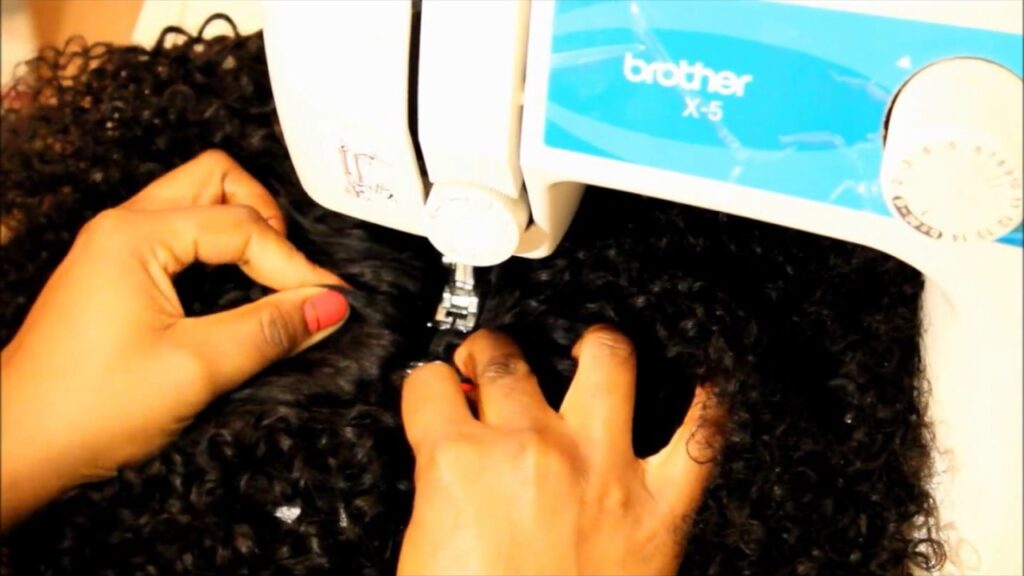
- Choosing the Right Sewing Machine: Sewing machines come in various types and models, each designed for specific purposes. When venturing into wig-making, opt for a sewing machine equipped with features suitable for delicate fabrics and intricate stitching.
- Selecting the Appropriate Needle: The key to successful wig-making lies in selecting the correct needle for our sewing machine. We should choose a fine, sharp needle designed for sewing lightweight materials like lace or mesh.
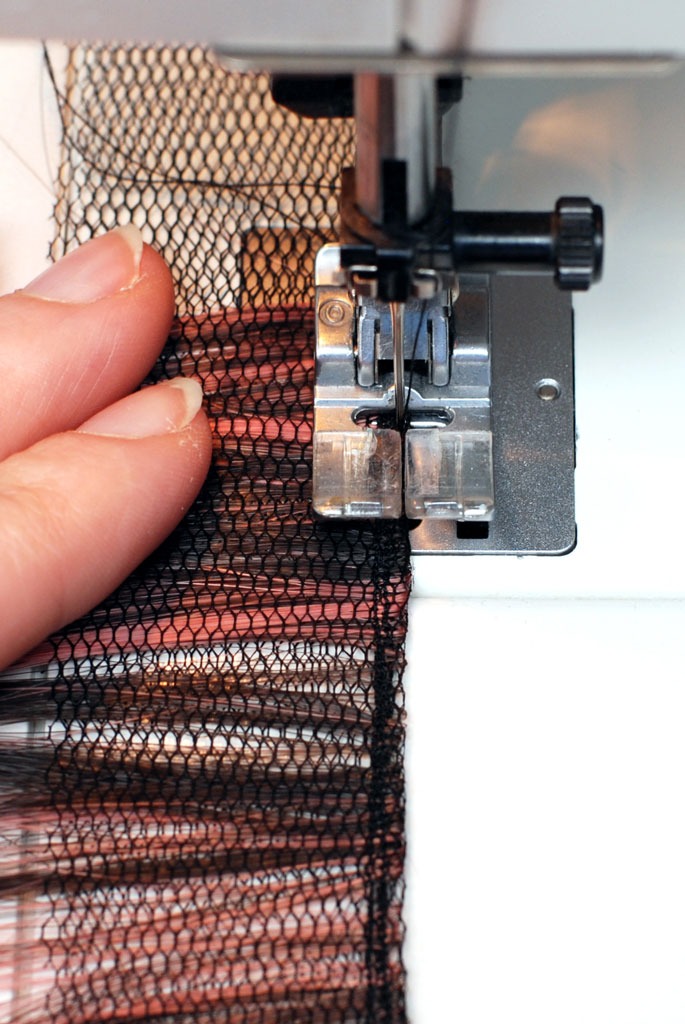
- Exploring Stitch Options: Modern sewing machines offer an array of stitch options, including straight stitch, zigzag stitch, and overlock stitch. Experiment with different stitches to determine which best suits our sew-a-wig.
- Gathering Essential Supplies: Before diving into the sewing process, ensure you have all the necessary materials at hand. This includes wig cap, hair bundles, thread, needles, and scissors.
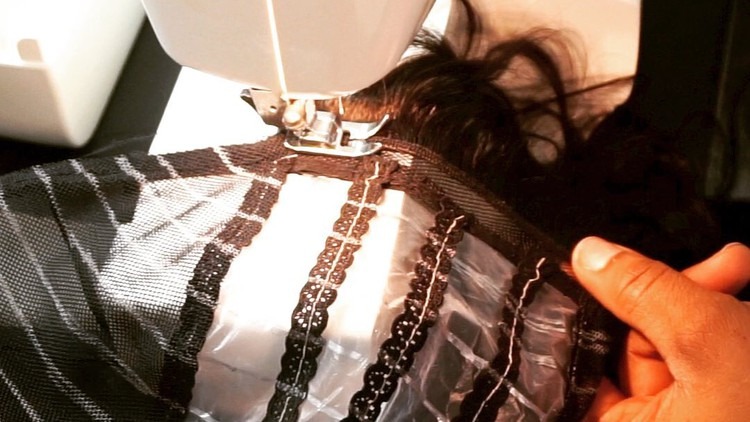
Sewing Techniques
- Attaching Hair Bundles: Using a sewing machine, carefully stitch the hair bundles onto the wig cap, starting from the nape and working our way up toward the crown. Maintain even tension to achieve a seamless finish.
- Creating Custom Designs: With a sewing machine at our disposal, the possibilities for creative expression are endless. Experiment with different sewing techniques to create unique wig designs, such as layered styles or intricate patterns.
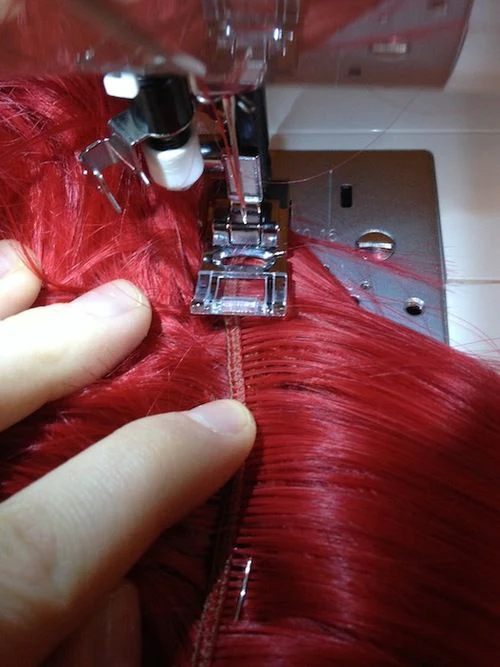
Finishing touches
This could involve trimming excess hair and to sew a wig for a natural look.
- Trimming and Styling: Once the sewing is complete, trim any excess lace or thread, and style the wig according to our preferences. Use heat styling tools sparingly to avoid damaging the delicate hair fibers.
- Preparing the wig cap: This might involve marking lines to guide weft placement.
- Attaching the wefts: The machine will sew the wefts onto the marked lines on the wig cap.
With a sewing machine as our partner, wig-making becomes a more accessible and potentially faster process. So unleash our creativity, grab our machine, and stitch our way to a fabulous new wig!
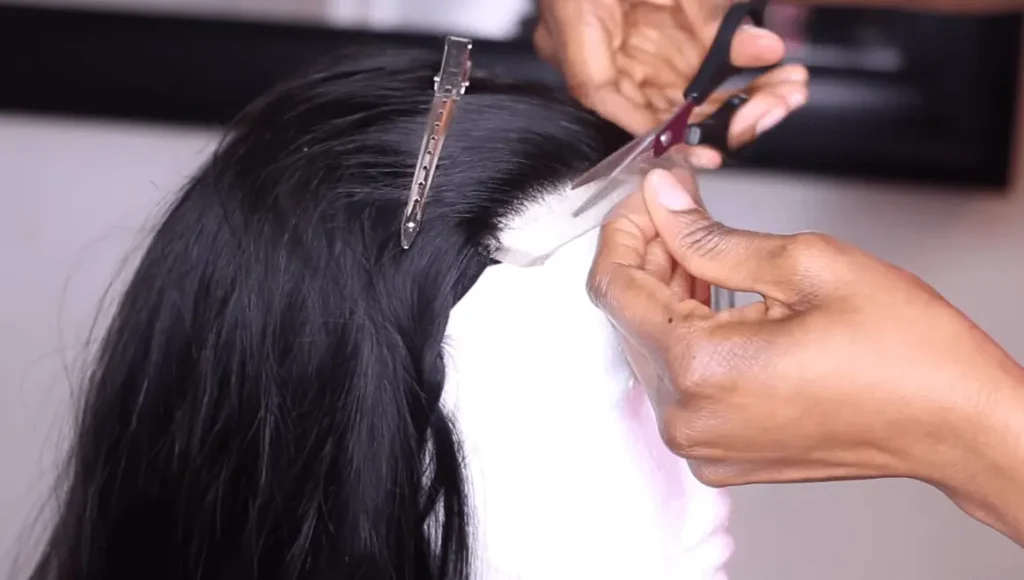
FAQs
Can I use a regular sewing machine for making wigs?
While it’s possible to use a regular sewing machine, it’s recommended to invest in a machine specifically designed for delicate fabrics and intricate stitching to achieve optimal results.
How long does it take to sew a wig using a sewing machine?
The time required to sew a wig varies depending on factors such as the complexity of the design, the skill level of the individual, and the type of sewing machine used. On average, it may take several hours to complete a wig.
Can I sew a wig without a wig cap?
While it’s technically possible to sew a wig without a wig cap, using a wig cap provides a stable foundation and helps maintain the shape of the wig during construction. It’s highly recommended to use a wig cap for best results.
What type of needle should I use for sewing wigs?
To sew a wig, opt for a fine, sharp needle designed for lightweight materials such as lace or mesh. These needles provide precision and minimize damage to the delicate fabrics used in wig construction.
Can I sew human hair onto a wig cap with a sewing machine?
Yes, you can use a sewing machine to attach human hair bundles onto a wig cap. Ensure you use the appropriate needle and stitch settings to achieve a secure and seamless attachment.
Are there any alternative methods for making wigs besides sewing?
Yes, there are alternative methods to sew a wig, including hand-sewing, gluing, and crocheting. Each method offers its own set of advantages and challenges, so it’s important to explore different techniques to find what works best for you.
Conclusion
In conclusion, using a sewing machine to sew a wig is not only possible but also offers a creative outlet for crafting unique and personalized hairpieces. With the basics, mastering essential techniques, and exploring our creativity, we can create stunning wigs that rival professional designs. So, grab our sewing machine and embark on a journey to sew a wig, adventure!
